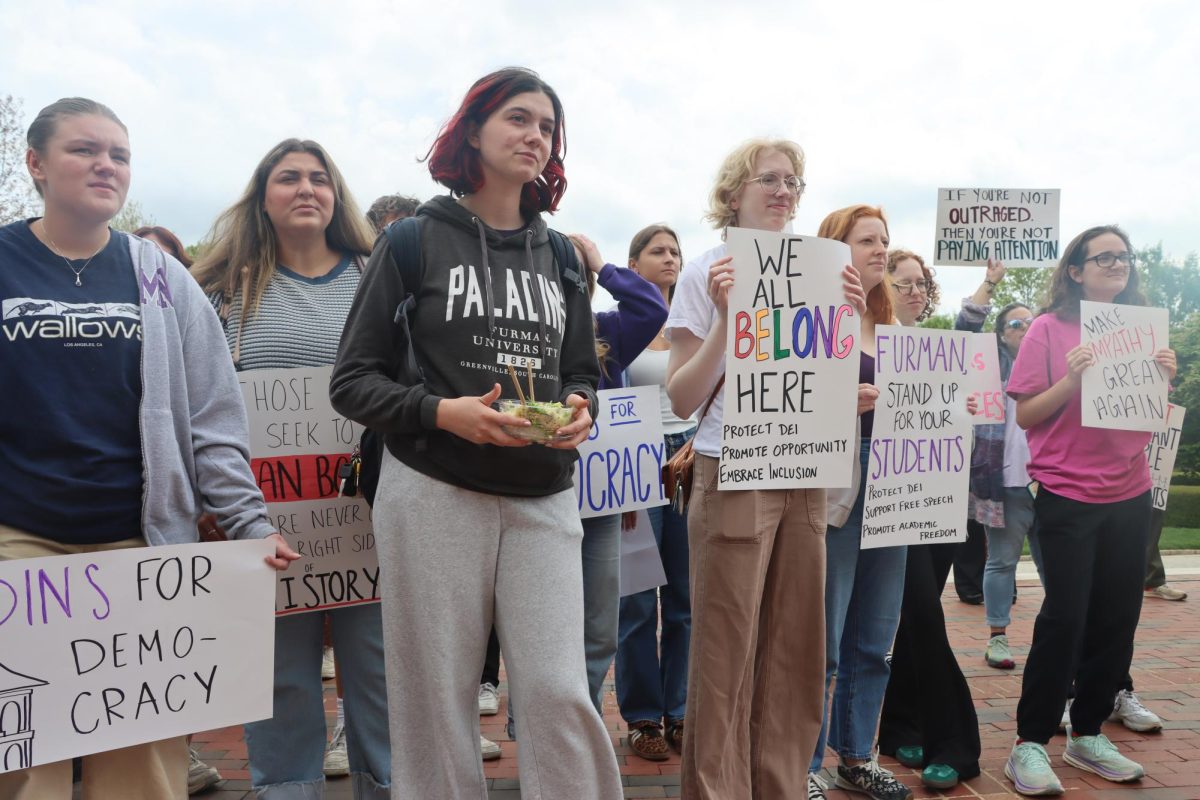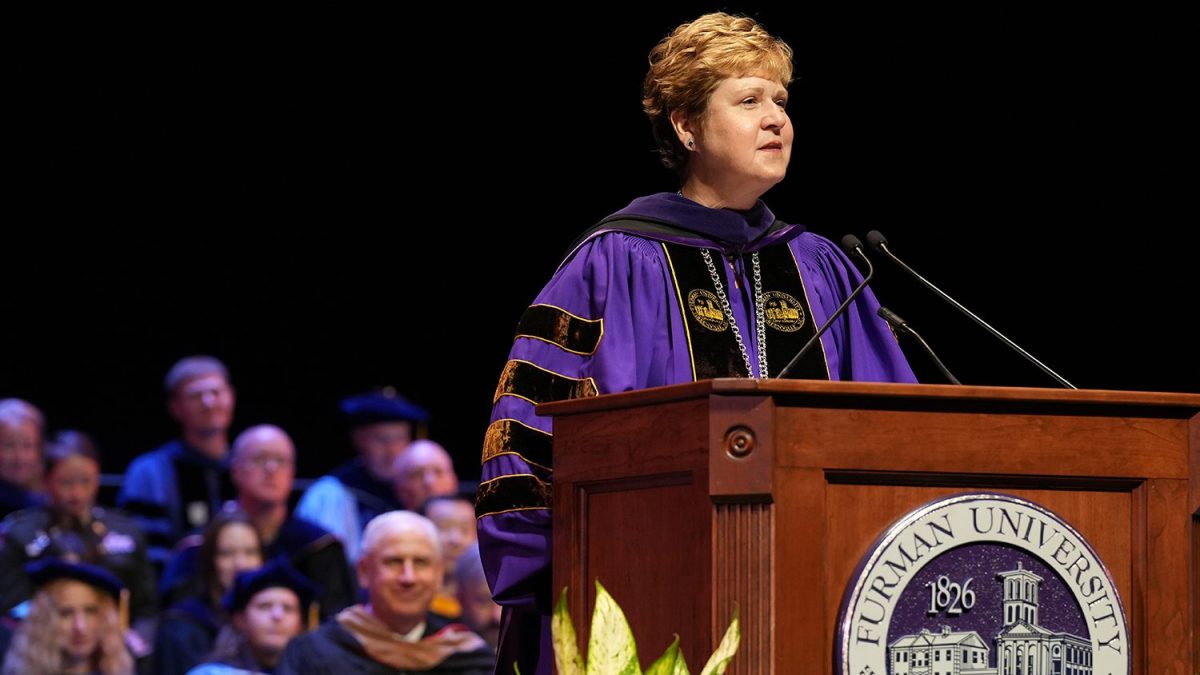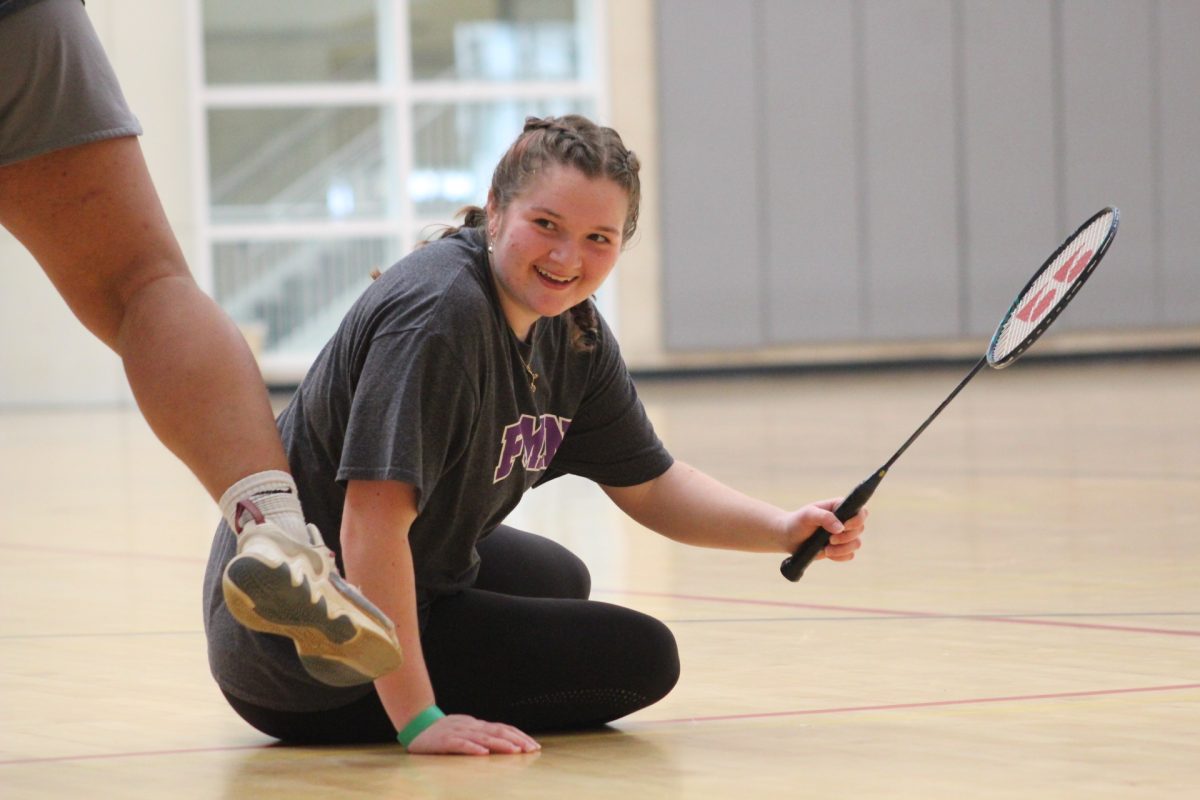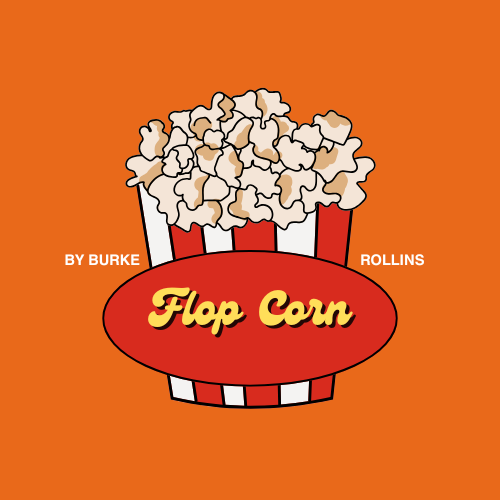Furman has recently hired its first Rabbi, Alana Wasserman.
This is significant in terms of Furman’s history. One would notice a different campus looking back at religious diversity at Furman in the past.
Until 1992 Furman was affiliated with the Southern Baptist Church, which impacted the campus curriculum and even the number of CLPs students were required to attend. Today, a prayer still adorns the walls of the Dining Hall and a plaque above the library patio features Furman’s motto, “Christo et Doctrinae,” which means for Christ and learning.
Even more recently there have been hard times on campus for students because of their religion.
According to Savita Nair, a history professor and academic advisor for the Hindu Students Association, in her first visit with students at Furman in 2003, a Catholic student said she had been confronted for not being a true Christian.
Later two Hindu students said they felt isolated and were “berated by invitations to Bible study.” One of the students wound up transferring.
These occurences seem to have decreased somewhat. Not only are Catholic students the most represented of the religious groups, but now student groups like the Hindu Students Association and the Muslim Students Association (MSA) have become more prominent on campus, hosting not only CLPs but also more interactive events like the Festival of Colors.
Last fall, MSA partnered with College Democrats and other organizations to host a symposium of CLPs, which included a panel of Islamic women and an imam from Columbia who fought in Vietnam.
It seems like there has been a drastic improvement in religious diversity, but there still remains a “disconnect” according to Nair. Pulled pork is still served at faculty dinners attended by Jewish, Hindu, and Muslim faculty. Nair joked that they were restricted to eating the coleslaw.
Nair recognized that this was an important part of the Furman identity but sait that there needs to be a recognition of other beliefs. Convocation and commencement are still Christian-dominated services, she said, and only recently has the baccalaureate service for graduating seniors become a multi-faith event.
Dr. Kadir Yildrim, a Political Science professor and the campus Muslim advisor, said that in the years he has been here he has noticed a push “in official documents … to increase diversity.” He stated that the “push is good” but also stressed that there is still only a “handful” of Jewish, Hindu, and Muslim students on campus. Dr. Nair concurred saying some of her history lectures about Judaism would fall short because her classes lacked diversity compared to classes taught at other universities.
The consensus is that a drastic change in diversity is not the right path and that evolution is preferred over a revolution. This has created spaces for conversation according to Assistant Chaplain Maria Swearingen. She says that the Chaplain’s Office has not only facilitated “thoughtful discussions” but has also created outlets for other beliefs to feel welcome, through initiatives like Friday Prayers for Muslims and different advisors for different religions.
That, according to Nair, was one of the problems. In the past, Hindu students with issues were being sent to the Chaplain. Now there are advisors for not only Muslims and Hindus but also for both Catholics and Protestants.




































